Phloem parenchyma
Overview
Phloem parenchyma, also known as transfer cells and border parenchyma, are specialized types of parenchyma cells that are part of the phloem tissues in vascular plants. They are critical for the function of the phloem, which is responsible for the transport of organic nutrients, particularly photosynthates, from the photosynthetic leaf cells to other parts of the plant where they are needed or stored 1.
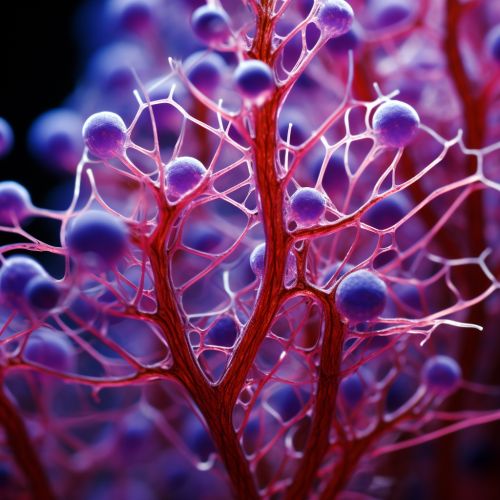
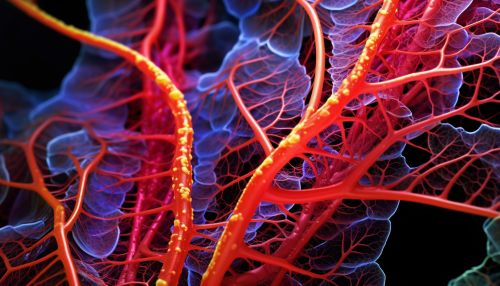
Structure and Function
Phloem parenchyma cells are typically elongated, thin-walled cells that are alive at maturity. They have a large central vacuole and a peripheral layer of cytoplasm that contains several plastids for the synthesis and storage of various compounds. The cell walls of phloem parenchyma are composed of cellulose and pectin, with varying degrees of lignification 2.
The primary function of phloem parenchyma is to assist in the loading and unloading of sugars into the sieve tube elements, the actual conducting cells of the phloem. They do this through active transport, using energy from ATP to move the sugars against a concentration gradient 3.
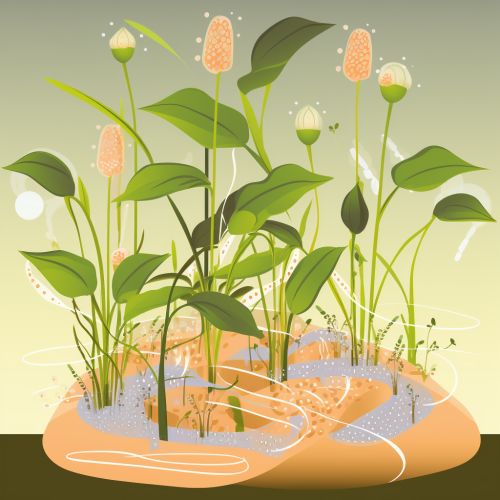
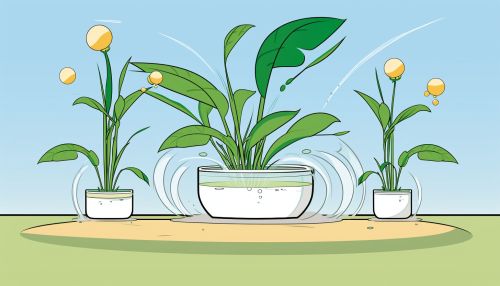
Role in Plant Physiology
In addition to their role in sugar transport, phloem parenchyma cells also have other functions in plant physiology. They are involved in the storage of nutrients, particularly starch, proteins, and lipids, which can be mobilized when needed by the plant. They also participate in the defense against pathogens, through the production of secondary metabolites and the activation of defense responses 4.
Phloem parenchyma cells also have a role in the repair and maintenance of the sieve tubes. When a sieve tube element is damaged, the neighboring phloem parenchyma cells can differentiate into a new sieve tube element to replace the damaged one 5.

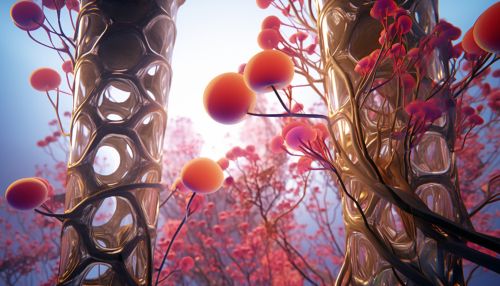
Research and Applications
Research on phloem parenchyma has provided valuable insights into the mechanisms of sugar transport in plants, and has potential applications in crop improvement. By manipulating the function of phloem parenchyma, it may be possible to enhance the efficiency of sugar transport, and thereby increase the yield and quality of crops 6.
In addition, the secondary metabolites produced by phloem parenchyma have potential uses in medicine and industry. For example, some plants produce latex, a type of secondary metabolite, in their phloem parenchyma cells. This latex has various uses, ranging from the production of natural rubber to the development of new drugs 7.
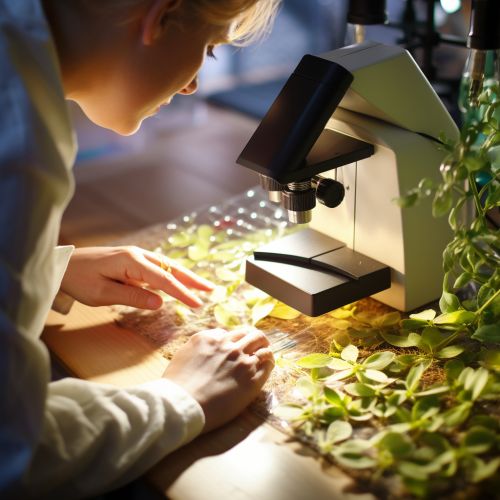
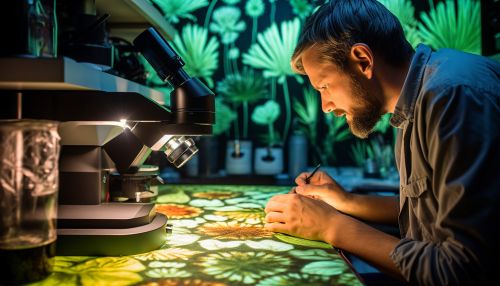
See Also
References
1. Taiz, L., Zeiger, E., Møller, I. M., & Murphy, A. (2015). Plant Physiology and Development (6th ed.). Sinauer Associates. ISBN 978-1-60535-255-8. 2. Evert, R. F., & Eichhorn, S. E. (2006). Esau's Plant Anatomy: Meristems, Cells, and Tissues of the Plant Body: Their Structure, Function, and Development (3rd ed.). John Wiley & Sons. ISBN 978-0-471-73843-5. 3. Oparka, K. J. (1994). Plasmodesmata. Blackwell Scientific Publications. ISBN 0-632-02416-2. 4. Turgeon, R., & Wolf, S. (2009). Phloem transport: cellular pathways and molecular trafficking. Annual Review of Plant Biology, 60, 207-221. doi:10.1146/annurev.arplant.043008.092045. 5. Froelich, D. R., Mullendore, D. L., Jensen, K. H., Ross-Elliott, T. J., Anstead, J. A., Thompson, G. A., ... & Knoblauch, M. (2011). Phloem ultrastructure and pressure flow: sieve-element-occlusion-related agglomerations do not affect translocation. Plant Cell, 23(12), 4428-4445. doi:10.1105/tpc.111.093179. 6. Slewinski, T. L. (2011). Diverse functional roles of monosaccharide transporters and their homologs in vascular plants: a physiological perspective. Molecular Plant, 4(4), 641-662. doi:10.1093/mp/ssr022. 7. Pickard, W. F. (2008). Laticifers and secretory ducts: two other tube systems in plants. New Phytologist, 177(4), 877-888. doi:10.1111/j.1469-8137.2007.02323.x.
